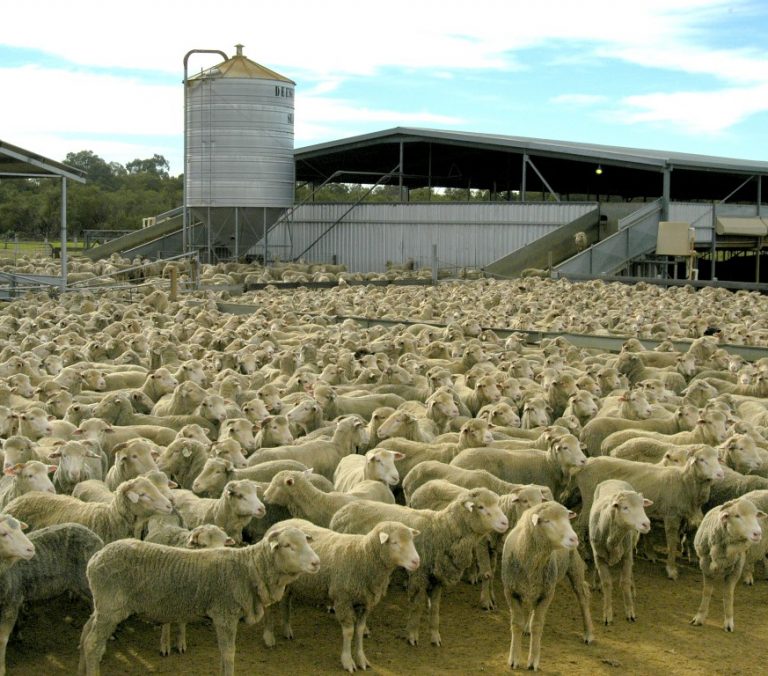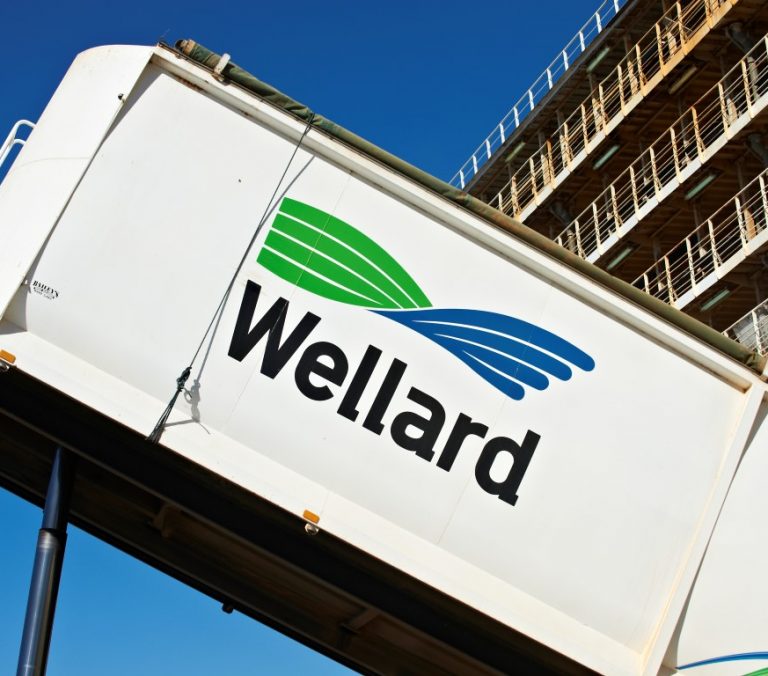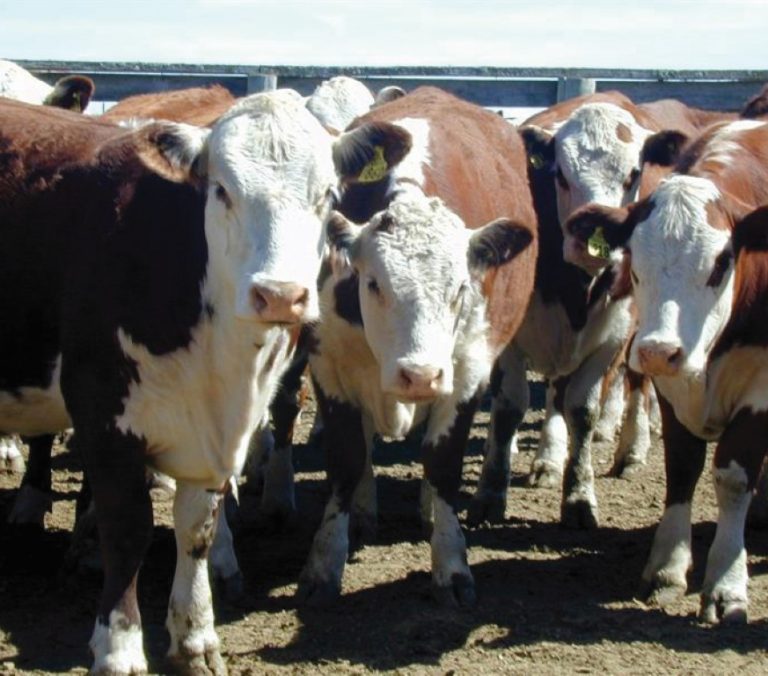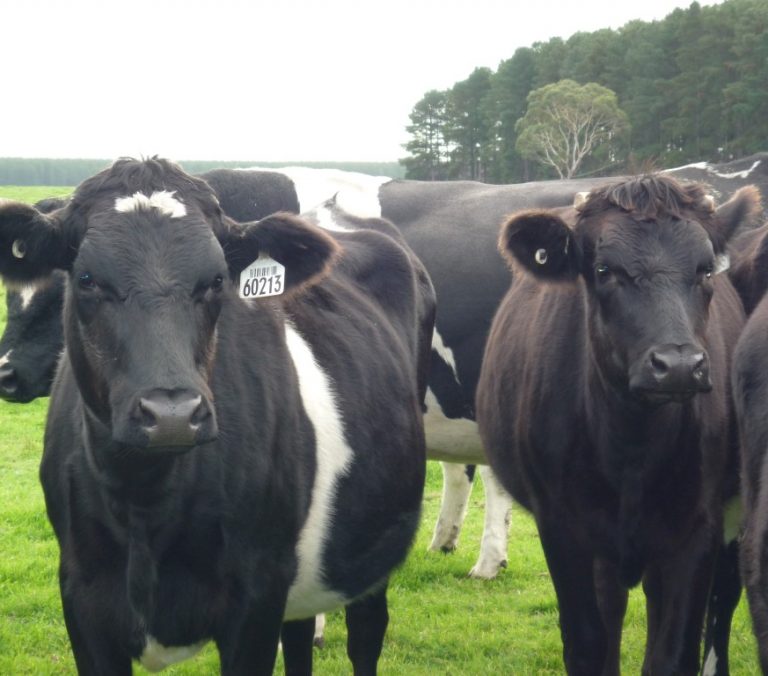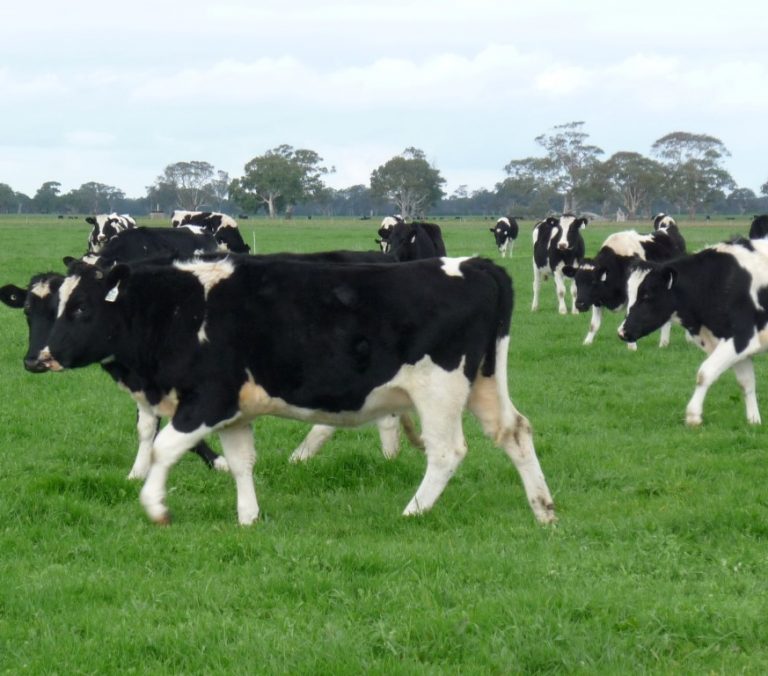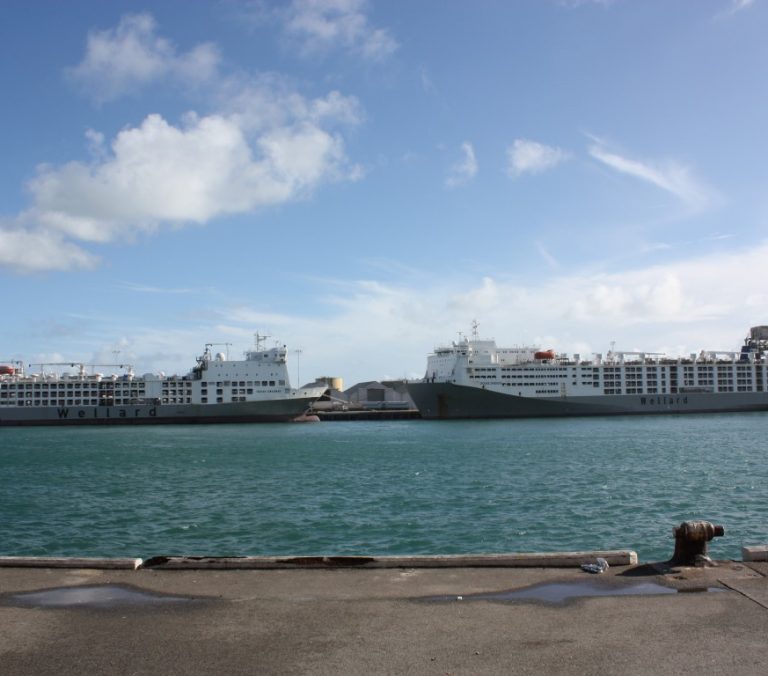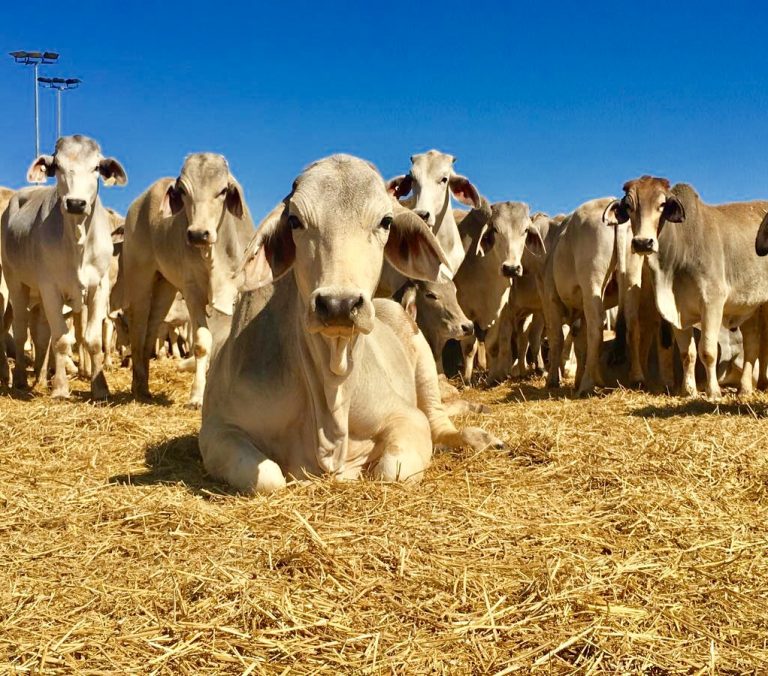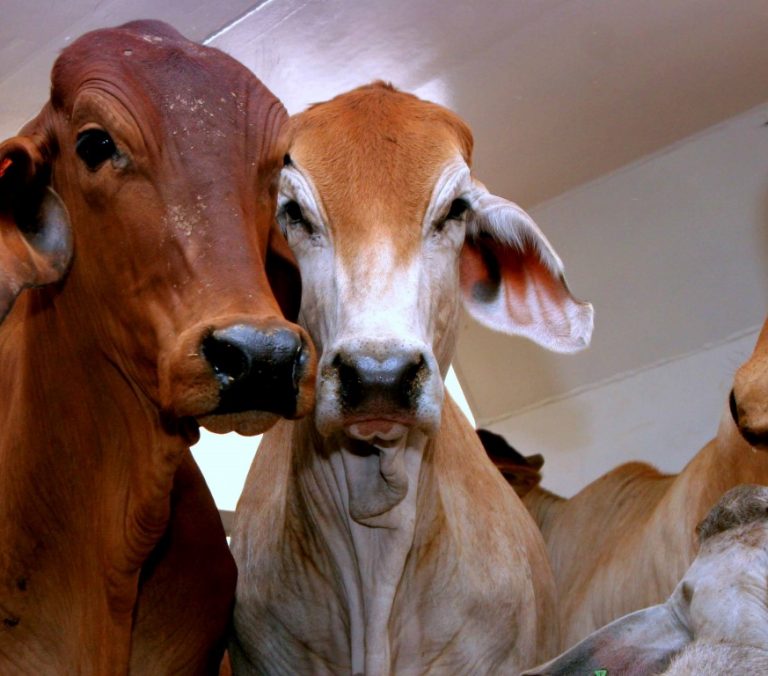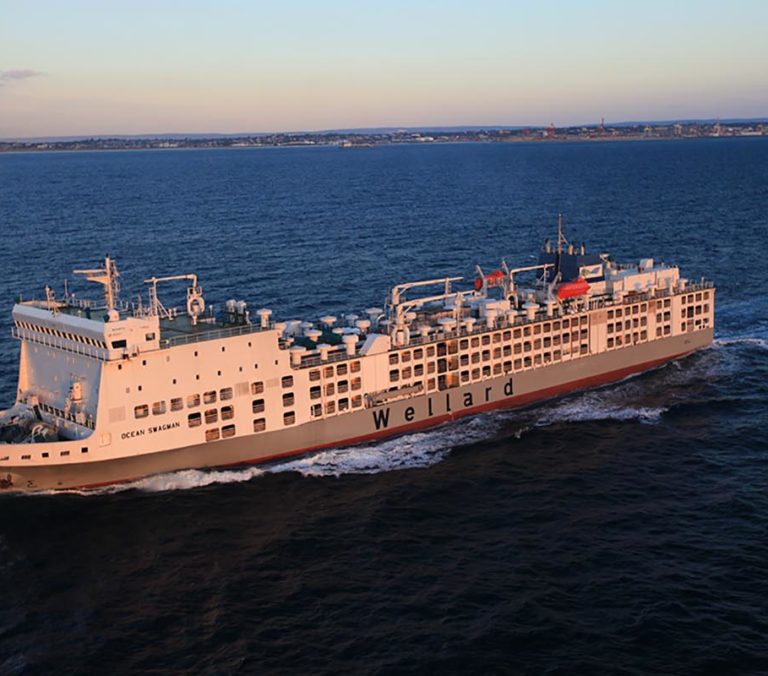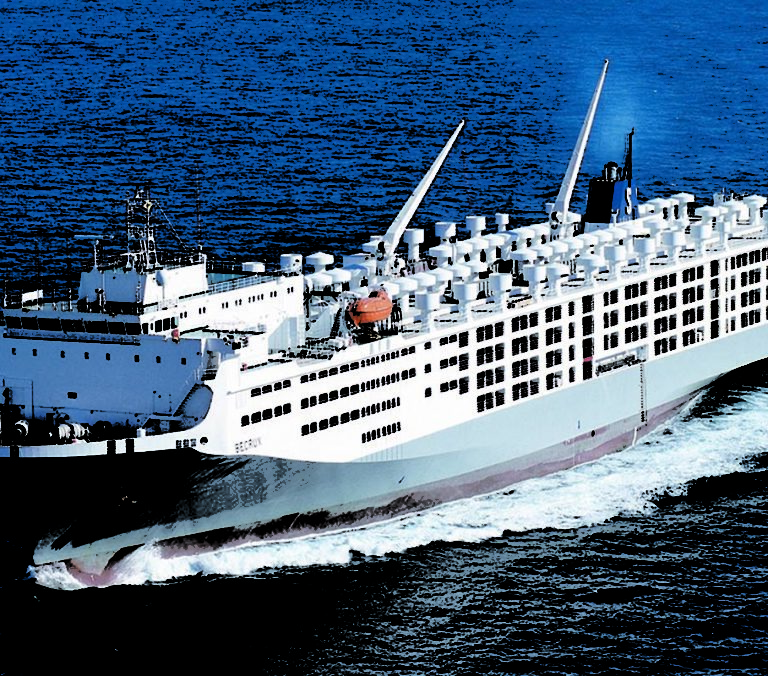Media statement
Australian livestock exporter Wellard provides the following update on its dairy heifer export program with the Government of Sri Lanka, including plans to change the farmer selection criteria.
Sri Lanka is a developing country and the dairy export program has successfully reduced Sri Lanka’s reliance on imported, powdered milk; fostered the growth of the Sri Lankan dairy industry and its support services; and upgraded the Sri Lankan dairy industry’s herd management skills.
A handful of the 68 farmers selected by the Sri Lankan Government to receive some of the 5000 cattle shipped to date did however fail to follow the prescribed herd management advice processes, which has caused some animal welfare issues on those farms. As a result, the farmer selection criteria will change.
Sri Lanka dairy cattle program outline
In 2014 Wellard was awarded a contract to supply 20,000 dairy heifers to the Government of Sri Lanka, and to provide technical support to the farmers who applied to the Government to receive cattle.
Two shipments have been provided so far, 2000 heifers in May 2017 and 3000 heifers in December 2017.
84 million litres of milk has been produced by the cows since the program began (includes pilot program in 2013), replacing US$32 million of milk powder imports.
Performance statistics
Mortality
Wellard regularly monitors a number of key production and animal health related measures to assess performance and identify emerging issues. Mortality is one of the measures recorded.
Most recent research literature indicates that the mortality in dairy herds in developed countries with high culling rates (note: the term culling is used to describe cattle that are removed from the herd for reasons such as performance, animal health, etc) around the globe is 6-7%. Sri Lanka is developing country with low culling rates. The heifers in the program are first calvers.
There were 95 mortalities from the first shipment in the first year, a mortality rate of 4.8%.
There have been 331 mortalities from the second shipment, representing an annualised mortality rate of 9%.
Unfortunately, four farms that received cattle in the second shipment account for 61% of the recorded mortalities from that shipment.
“This has been the source of immense frustration, as those farmers are ignoring advice, particularly on nutrition, and animal health is falling to the point of mortality,” said Wellard Executive Chairman John Klepec.
“So while we are continuing to seek immediate changes to the nutrition management on those farms, we must also change the Sri Lankan farmer selection criteria for future shipments so a) the negative animal welfare outcomes that have occurred on these few farms are not repeated and b) other farmers in the program are not tarnished by the results of few.”
From the commencement of the program Wellard undertook the following steps to help achieve the program’s objectives and to maximise animal welfare:
- Inspection of the Government-selected recipient farmer’s facilities to ensure they were suitable and safe for the animals before they arrived.
- The health and production of the heifers is monitored by veterinarians and technical advisers throughout the duration of the project.
- There has been up to 90 Wellard and Wellard contracted staff in the field in Sri Lanka advising and educating the local farmers who have received the cattle on best practice nutrition and husbandry techniques
“The due diligence, training and oversight undertaken by the Sri Lankan Government and Wellard has worked in the majority of circumstances but has failed in a few. We strive for 100 per cent success and the changes we will make will help us progress towards achieving that goal,” Mr Klepec said.
Production
Production per cow across the 68 farms varies with the season and lactation stage.
Monthly average production peaked at 16.6 litres/day/cow for Shipment 1 and 15.3 litres/day/cow for Shipment 2. Overall average production for both shipments is 12.1 litres/day/cow. Some farms are recording average monthly production of 24 litres/cow.
Production will increase when the cows move into second and third lactations.
Tethering
Although tethering is an accepted part of herd management in Sri Lanka, Wellard has not delivered any heifers to farms where tethering is performed. In fact, as part of the selection of eligible farmers to receive the Australian and New Zealand cows, the Ministry does not allow heifers to go to farms that tether cattle.
Conclusion
“We are proud of our role in helping developing countries provide nutrition to their citizens and to increase the herd management skills of local farmers,” Mr Klepec said.
“Sri Lanka is a developing country and we cannot expect them to reach Australian standards overnight. They will however get there.
“Already the number of feed manufacturers has doubled, there are new veterinary medicine, pharmaceutical and dairy equipment suppliers companies in the country and more than 5000 farmers have attended herd health and nutrition training programs. So the program is causing positive change.
“However, these advances cannot be at the expense of animal welfare. We have extended our technical support program beyond the contracted period and we are working hard to rectify the outstanding issues on the relevant farms and prevent future issues.”
Appendix 1 provides before and after photos and cattle photos.
For further information:
Cameron Morse, FTI Consulting
Phone: + 61 8 9321 8533
Mobile: + 61 (0) 433 886 871
Appendix 1a:
| Facilities BEFORE upgrades to receive Australian cattle | Facilities AFTER upgrades to receive Australian cattle |
 |
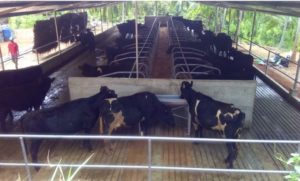 |
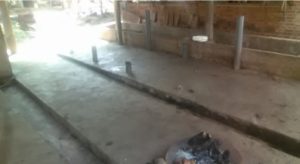 |
 |
 |
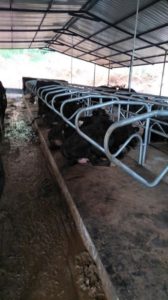 |
 |
 |
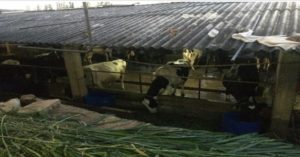 |
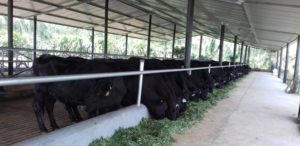 |
 |
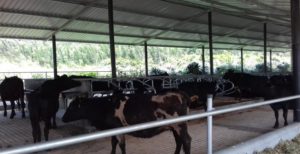 |
 |
 |
 |
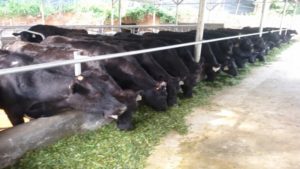 |
Appendix 1b: Cattle Condition
| Preferred | Does not meet Wellard’s standard. Further intervention required. |
 |
 |
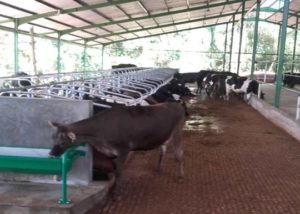 |
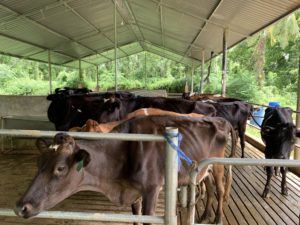 |
